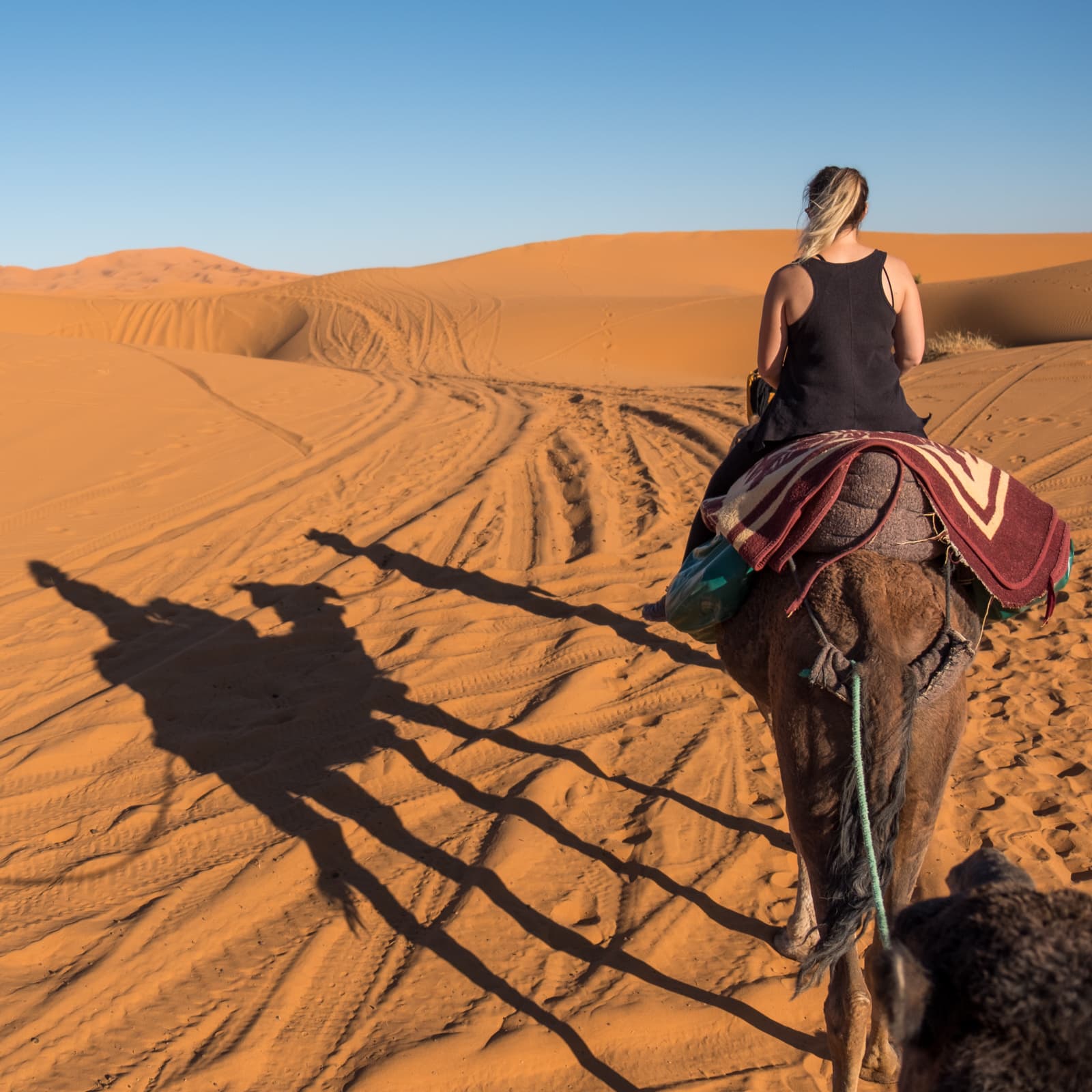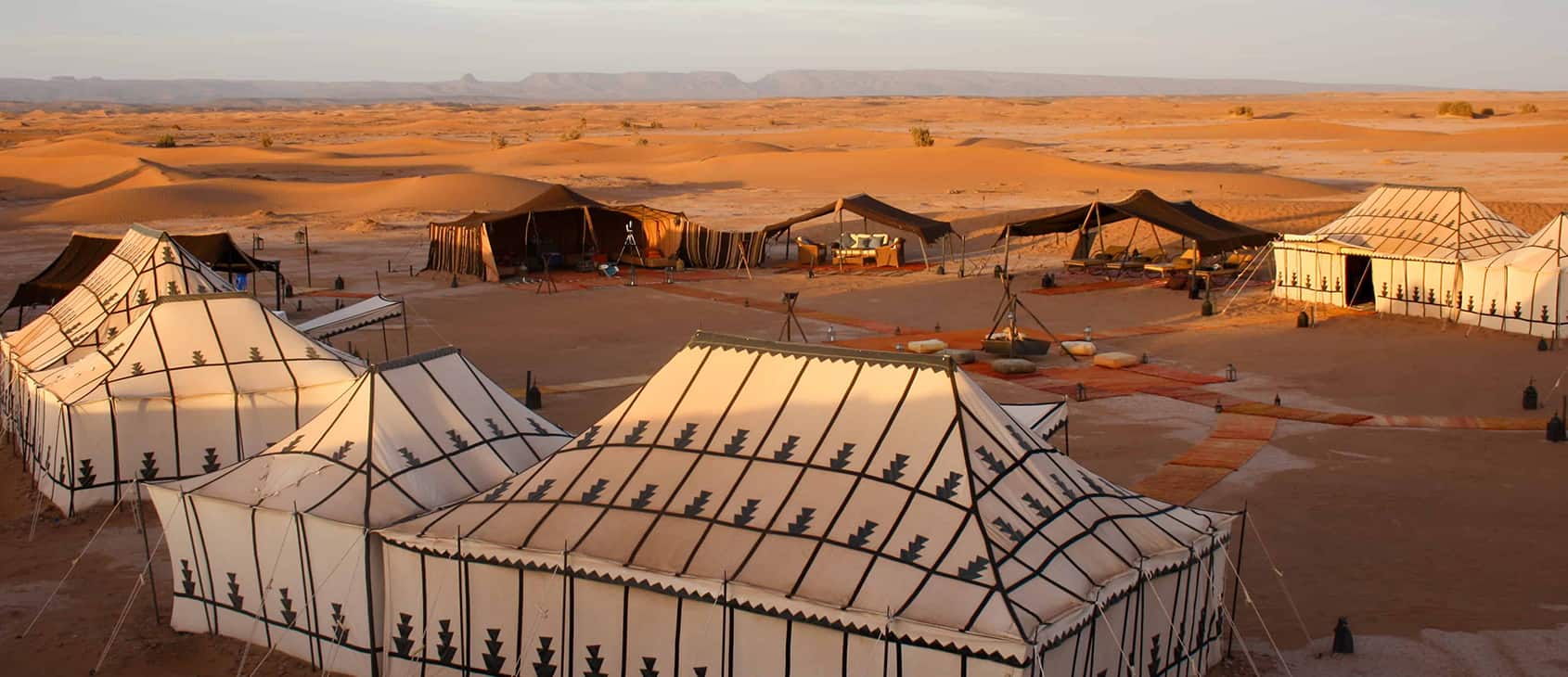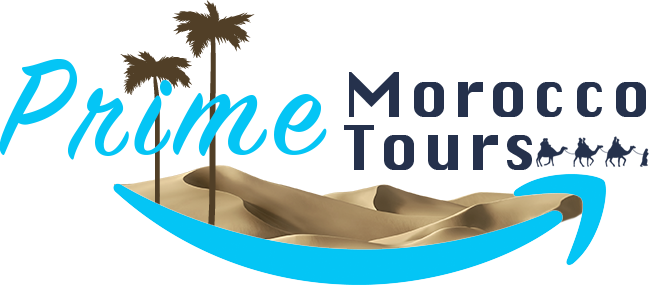How to Plan a Desert Tour in Morocco: Everything You Need to Know
Exploring the Moroccan desert is a once-in-a-lifetime experience that promises breathtaking landscapes, cultural encounters, and unforgettable adventures. From the golden dunes of the Sahara to the serene oases and Berber villages, a desert tour offers a unique way to connect with Morocco’s natural and cultural heritage.
Knowing how to plan a desert tour in Morocco is essential for a safe, enjoyable, and enriching experience. A well-prepared tour ensures you maximize your time, explore iconic destinations like Merzouga and Zagora, and immerse yourself in local traditions while respecting the fragile desert environment. Proper planning also helps you anticipate challenges, such as temperature extremes, limited accessibility, and logistical considerations.
Whether you are a solo traveler, a couple seeking romance, or a family looking for adventure, understanding the key elements of desert travel will transform your trip from a simple visit into a memorable journey. From choosing the right season and tour duration to selecting accommodations and transportation, every detail plays a crucial role in creating an unforgettable desert experience.
In this guide, we will walk you through everything you need to know, from selecting the best desert routes to preparing your gear and understanding local customs. By following these tips, you can confidently embark on a desert adventure and truly experience the magic of Morocco’s vast landscapes.
Choosing the Best Desert Destinations in Morocco
Morocco is home to some of the most iconic desert landscapes in the world, and knowing how to plan a desert tour in Morocco begins with selecting the right destinations. Each region offers a unique experience, from towering dunes to peaceful oases and traditional Berber settlements.
Merzouga: The Gateway to the Sahara
Merzouga is perhaps the most famous desert destination in Morocco, known for its stunning Erg Chebbi dunes. Towering up to 150 meters, these golden sand dunes provide a dramatic backdrop for sunrise and sunset photography. Camel treks, 4×4 adventures, and overnight stays in traditional Berber tents are popular activities that allow visitors to experience the Sahara authentically. For more insights, see Merzouga on Wikipedia.
Zagora: The Desert of Legends
Zagora offers a slightly more accessible desert experience compared to Merzouga, making it ideal for travelers seeking a shorter tour. Its iconic sign, “52 days to Timbuktu,” hints at the historic caravan routes that passed through this area. Zagora’s dunes are smaller yet picturesque, and guided camel treks or sunset excursions provide a tranquil desert experience. Learn more about Zagora at Moroccan National Tourism.
M’Hamid: Remote and Authentic
For those looking to escape the crowds, M’Hamid is a remote desert destination near the Algerian border. This area features vast, open landscapes, traditional ksars (fortified villages), and an authentic glimpse into desert life. Traveling here allows visitors to connect deeply with Berber culture and the tranquility of Morocco’s southern deserts.
Draa Valley: Oases and Cultural Heritage
The Draa Valley is renowned for its lush palm groves and historic kasbahs. Traveling along this valley combines desert adventure with cultural immersion, as you can explore local villages, ancient fortresses, and winding palm-lined trails. This destination is perfect for those who want a blend of natural beauty and history.
Choosing the right desert destination depends on your time, preferences, and adventure level. Whether you prefer the towering dunes of Merzouga, the historic charm of Zagora, or the remote serenity of M’Hamid, each location provides an unforgettable Moroccan desert experience.

When to Go and What to Pack for Your Desert Tour
Understanding how to plan a desert tour in Morocco also involves knowing the best time to visit and preparing the right gear. The desert climate can be extreme, with scorching days, chilly nights, and sudden weather changes, so timing and packing are crucial for a comfortable experience.
Best Time to Visit
The ideal months for a desert tour are spring (March to May) and autumn (September to November). During these periods, temperatures are moderate, allowing for comfortable trekking, camel rides, and overnight stays in tents. Summer months can be extremely hot, especially in Merzouga and Zagora, while winter nights may drop below freezing, requiring warm clothing for camping.
Essential Clothing and Gear
Packing light but functional clothing is key. Breathable fabrics, sun hats, sunglasses, and sunscreen protect you from the harsh desert sun, while scarves or shawls help shield against sand and wind. A warm jacket, gloves, and thermal layers are necessary for chilly nights during winter desert trips.
Footwear and Accessories
Comfortable walking shoes or boots with good grip are essential for trekking across dunes and rocky terrain. Sandals may be useful for relaxing at desert camps. Additionally, carrying a reusable water bottle, headlamp, and a small first-aid kit ensures you stay hydrated, safe, and prepared for minor emergencies.
Technology and Navigation
While most tours are guided, having a smartphone with offline maps or a GPS device can be handy. Charging devices may be limited in remote areas, so consider portable power banks.
Other Essentials
Bring lightweight backpacks for day trips, toiletries, and modest clothing if visiting local villages. Respecting local customs while ensuring personal comfort makes your desert adventure both enjoyable and culturally sensitive.
By carefully planning the timing and packing wisely, you can fully enjoy how to plan a desert tour in Morocco, maximizing both safety and enjoyment while exploring the Sahara.
Choosing Accommodation and Local Experiences in the Desert
A crucial aspect of how to plan a desert tour in Morocco is selecting the right accommodation and experiences. The desert offers a range of options, from traditional Berber tents to boutique desert camps, each providing a unique perspective on the Sahara’s landscapes and culture.
Berber Tented Camps
Staying in a traditional Berber tent allows you to experience authentic desert life. These tents are usually equipped with basic comforts such as sleeping bags, low lighting, and shared or private washrooms. Many camps offer evening activities like traditional music performances around the campfire, storytelling sessions, and stargazing in the clear desert sky.
Luxury Desert Camps
For travelers seeking comfort without compromising the desert experience, luxury camps provide modern amenities including en-suite bathrooms, gourmet meals, and private terraces overlooking the dunes. These accommodations combine traditional aesthetics with contemporary convenience, offering a perfect blend of adventure and relaxation.
Local Experiences and Activities
Immersive experiences enhance your desert tour. Camel trekking remains the quintessential activity, allowing you to traverse vast sand dunes and witness stunning sunrises and sunsets. Guided 4×4 tours offer an adventurous way to explore remote areas, while cultural interactions with local Berber communities provide insights into desert traditions, crafts, and cuisine. For more cultural context, check UNESCO – Berber Culture.
Desert Stargazing
The Sahara is renowned for its pristine night skies. Many camps organize stargazing sessions, where you can identify constellations and planets far from city lights. This serene experience highlights the desert’s natural beauty and creates lasting memories.
Oases and Small Villages
Visiting desert oases and nearby villages is an opportunity to witness Morocco’s unique ecology and heritage. Many tours include stops at palm groves, small markets, and ancient kasbahs, enriching your journey with historical and environmental insights.
By carefully selecting accommodations and experiences, you ensure that your desert adventure is both comfortable and culturally immersive. Thoughtful planning lets you enjoy how to plan a desert tour in Morocco while creating meaningful connections with the landscapes and people you encounter.

Safety, Health, and Responsible Tourism in the Desert
When learning how to plan a desert tour in Morocco, safety and responsible travel practices are essential. The Sahara is a harsh environment, and understanding potential risks and health considerations ensures a secure and enjoyable journey.
Health Precautions
Desert regions can be extremely hot during the day and cold at night. Stay hydrated by drinking plenty of water, and carry electrolyte supplements if necessary. Sun protection is crucial: apply high-SPF sunscreen, wear sunglasses, and use wide-brimmed hats. Pack basic medications and a first-aid kit for minor injuries, headaches, or digestive issues. Consult a travel doctor if you have specific health concerns before your trip.
Travel Safety Tips
- Follow guided tours: Opt for experienced guides who know the terrain and local customs.
- Avoid traveling alone in remote areas: The desert can be disorienting, and emergencies require prompt assistance.
- Inform someone of your itinerary: Share your travel plans with family, friends, or the camp manager.
- Be aware of weather conditions: Sudden sandstorms or flash floods may occur. Check forecasts and listen to guide instructions.
Responsible Tourism
Respecting local culture and the environment is crucial. Avoid littering, stay on marked paths, and do not disturb wildlife or desert flora. Interact with local communities respectfully, ask permission before photographing people, and support local artisans by purchasing handmade products. Engaging in responsible tourism helps preserve the Sahara’s fragile ecosystem and supports sustainable development for desert communities.
Emergency Contacts and Preparedness
Carry a mobile phone with local SIM coverage, a map, and, if possible, a GPS device. Know the location of the nearest medical facilities, police stations, or tourist help centers. Being prepared ensures you can handle unexpected situations while enjoying the adventure safely.
By adhering to health guidelines, safety measures, and responsible tourism practices, your desert adventure becomes not only thrilling but also safe and sustainable. Understanding these elements is key to mastering how to plan a desert tour in Morocco effectively.
Final Tips
Planning a desert tour in Morocco requires careful preparation, but the rewards are truly unforgettable. From experiencing the golden dunes of Merzouga and Zagora to immersing yourself in Berber culture and enjoying serene desert nights under the stars, the Sahara offers a unique blend of adventure, culture, and natural beauty.
Here are a few final tips to ensure your journey is seamless and memorable:
- Plan your itinerary thoughtfully: Consider the length of your stay, preferred destinations, and activities to maximize your desert experience.
- Pack smartly: Bring essentials for extreme temperatures, sun protection, and comfort during overnight stays in tents or desert camps.
- Respect local customs: Engage with local communities respectfully, and support artisans by purchasing handmade goods.
- Stay safe and prepared: Follow your guide’s advice, stay hydrated, and be aware of weather changes and potential hazards.
By keeping these tips in mind, your adventure will be both enjoyable and meaningful, allowing you to fully appreciate the magic of Morocco’s deserts.
For more information and to start planning your personalized desert tour in Morocco, Just Contact Us. Our expert team can help design your perfect itinerary, recommend accommodations, and provide local insights to ensure a safe and unforgettable experience.
Embark on your Moroccan desert adventure today and create memories that will last a lifetime!
DESERT ADVENTURES FOR ALL AGES
From packing lists to trusted guides, we handle the details so you can focus on the magic. Stress-free planning for the ultimate Sahara experience.
